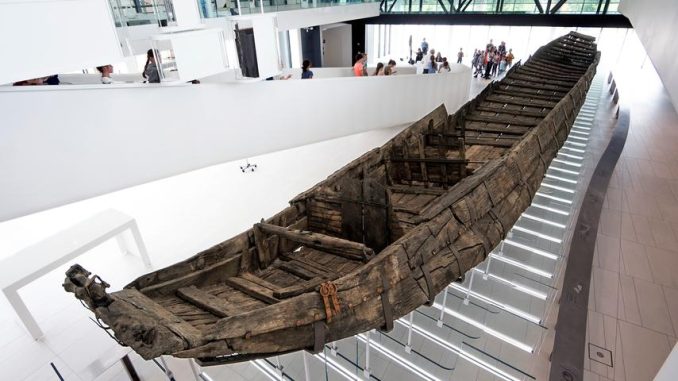
Introduction
Recent archaeological discoveries, such as the Roman camp revealed on the Veluwe via radar images, highlight the precious secrets hidden beneath the Dutch soil. These discoveries, that include a centuries-old wall fragment, two Early-Middle Age skeletons, and potentially three-thousand-year-old pottery urns, underscore the Netherlands’ rich historical and archaeological heritage.
The Field of Archaeology
Archaeology, the exploration of past cultures through the study of artefacts and structures, unveils the remnants of ancient lives. Often these remnants can be discovered deep within the earth or sometimes just beneath the surface, offering valuable insights into the past. Such finds are usually unearthed in the course of construction projects or during groundwork for new housing estates. In most cases, a preliminary archaeological investigation is performed before undertaking any significant earthworks.
We can glean a great deal about our past from the secrets the soil holds. Besides pottery shards or ancient wall remains, historic ships have also been discovered, as in 1997 when the most well-preserved Roman ship in Northwestern Europe was found in Leidsche Rijn—one of the first areas in the region to be developed. This vessel, now showcased in the Museum Hoge Woerd, is thought to have sunk around 190 AD, possibly due to navigational errors.
Preserving Large Archaeological Artifacts
Preserving large archaeological items, such as the 1,200-year-old boat from the Early Middle Ages discovered by archaeologist Linda Dielemans and her team, often involves leaving them in the ground. This technique is generally safer and more cost-effective. When construction projects threaten the site of crucial archaeological finds, it falls to the construction company to bear the costs of excavation.
Recording and Storing Archaeological Finds
Intensive recording procedures are undertaken for all archaeological discoveries. The location coordinates, depth, measurements, and images of each find are meticulously recorded. Each find receives a unique number and stored in provincial repositories, with notable discoveries loaned to museums for public display.
Metal Detector Amateurs: Treasure Hunters Aiding Archeology
At times, findings’ function isn’t immediately clear, prompting archaeologists to turn to other experts and professionals, often revealing unexpected insights into the items’ usage. The aid of metal detector hobbyists is also invaluable in locating smaller artifacts, such as coins or jewellery, contributing significantly to the field.
Identification and respect for the rules are crucial when it comes to metal detector treasure hunting, which has led to remarkable discoveries such as the cache of over a hundred gold coins, six silver coins and numerous pieces of jewellery found in Tubbergen, Twente. These artifacts, dating back to the sixth and seventh centuries, now reside in the National Museum of Antiquities in Leiden for the public’s viewing pleasure.
Finding something of historical significance, even a casual beach stroll, warrants reporting to relevant authorities, who will identify and age the object for you. Following the established rules ensures that your find won’t be confiscated.
Conclusion
The soil beneath us holds the secrets of our past—remnants of civilizations and societies that once thrived. The diligent work of archaeologists and the vigilant eyes of amateurs reveal the treasures left behind, offering us a glimpse into our rich shared history.

Be the first to comment